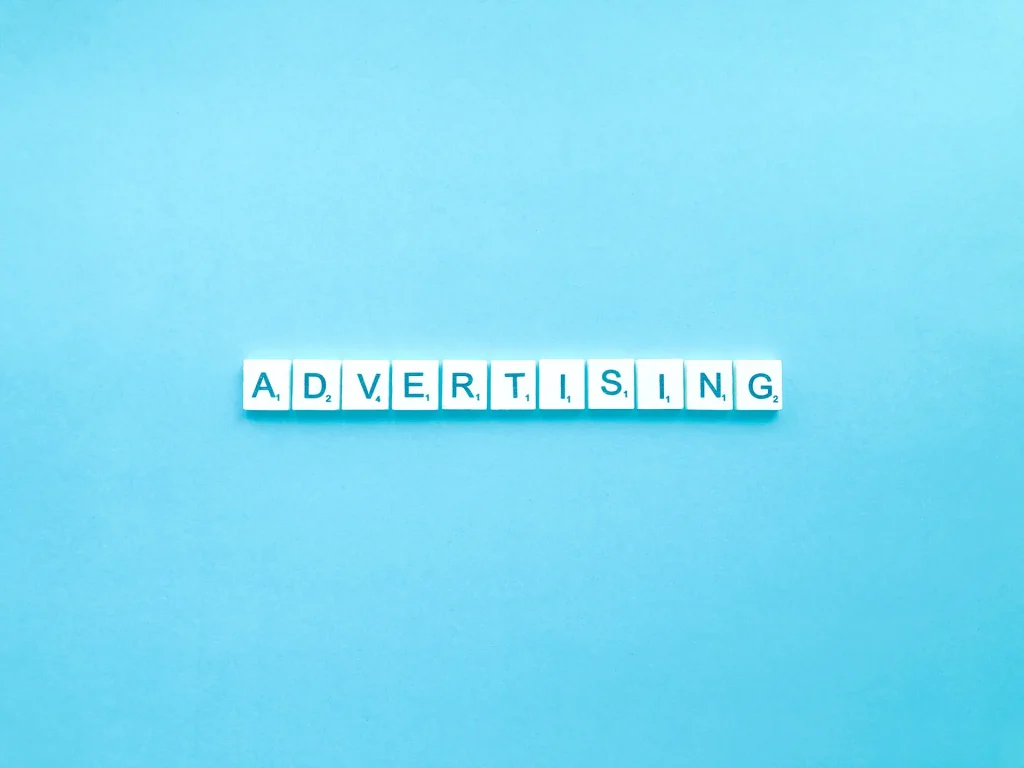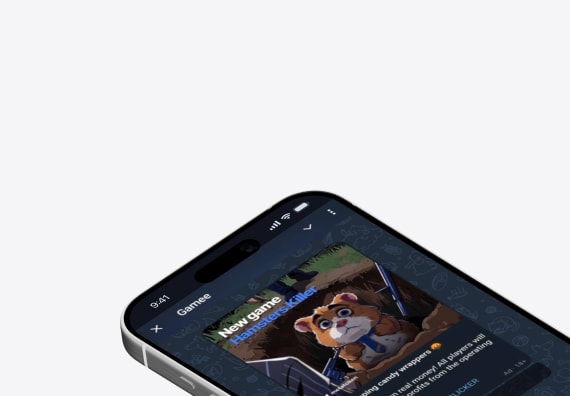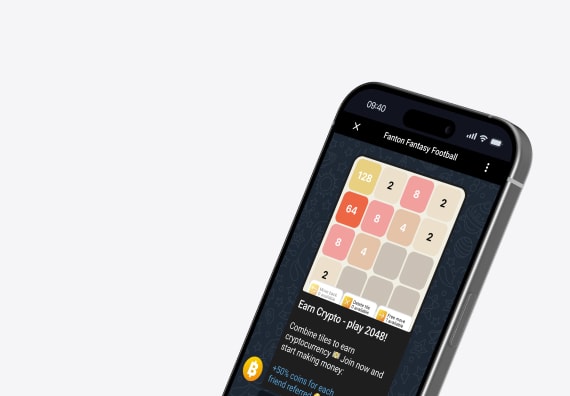Native advertising is a type of ad that blends seamlessly into the content around it. The term “native” comes from the Latin word nativus, meaning “natural,” which perfectly describes this kind of advertising. In practice, an advertiser might place an in-feed post with a carefully crafted headline that looks and feels like regular content while still promoting a product or service.
Big brands and small businesses alike use these subtle and indirect methods because traditional banner and direct ads have become overused and are often ignored. This form of native marketing not only feels organic but also helps build brand awareness without provoking negative reactions.
Features of Native Advertising
Native advertising aligns closely with the theme and tone of the platform where it appears. For instance, on a beauty website, you’re unlikely to come across promotions for programming courses — instead, you’ll see native ads that blend with the surrounding editorial content. This form of native promotion adapts to the platform’s format, whether it’s text posts, video content, podcasts, or stories on social media platforms.
Unlike traditional banners, a native advertisement looks and feels like regular content — articles, reviews, tutorials — without loud labels like “advertisement” or “sponsored.” Instead of using direct calls to action such as “visit the sponsor’s page” or “buy now,” these ads integrate brand messages subtly and contextually.
Native advertising offers a more seamless experience for users, as it respects their attention and trust. Marketers who use native advertising focus on storytelling, relevance, and value, making the promotion less intrusive and more effective. Some examples of native advertising include branded blog posts, influencer videos, and product mentions within popular content. When done right, a great native campaign enhances both brand perception and user engagement.
Native Format and Native Content
Both format and content can be part of native advertising. Among the most common native ad formats are search results on Google — pages that match keywords and appear at the top in a way that resembles organic listings. Similar principles apply to internal site search engines, which often display native ads disguised as helpful results. Media platforms also feature news-style blocks that are actually branded content, designed to blend with the surrounding content and attract attention without disrupting the user experience.
These seamless elements — such as embedded recommendations or divider blocks within articles — illustrate how native ad formats subtly promote offers while maintaining the appearance of neutrality. They’re often labeled with tags like “recommended based on your interests,” making them a prime example of native advertising in action.
Content becomes truly native when it’s integrated naturally into blogs, social networks, or custom sections that mirror editorial tone. This form of content marketing includes sponsored posts, influencer collaborations, and even video adsthat look like standard entertainment or educational material. Users are less likely to feel irritation, which increases trust and improves brand recall.
Today, programmatic native advertising automates the placement of such materials across multiple platforms, ensuring that each native ad reaches the right audience at the right time and in the right context. If you’re looking for the best native advertising examples or want to understand what you need to know about native formats, just look at how leading brands place subtle yet effective messages across platforms you visit every day.
Types of Native Advertising
Sponsored content is a common form of native promotion where a product is casually mentioned without direct links. This ad type often appears in blog posts, YouTube videos, or even scenes from films — for example, when a popular character uses a recognizable brand. Such a native ad feels like part of the story, not an interruption, which makes it highly effective.
Another popular approach is recommended content, where trusted figures like bloggers or influencers share product or service suggestions with embedded links. Users often perceive these native ads as genuine recommendations rather than advertising, which aligns with current native advertising trends and consumer expectations.
Special projects represent one of the more creative types of native ads, involving collaborations between brands and media platforms. These can include interactive formats like games, tests, or quizzes. For instance, an educational brand might launch a quiz titled “Which IT profession suits you?” — a subtle yet effective native ad that engages while guiding users toward specific services.
Informative articles also fall into the category of native advertising. They provide helpful, well-researched content while gently leading the reader toward a solution — such as suggesting a relevant course or product. These articles are a great native advertising tool when created thoughtfully and placed in the right context.
Modern native ad formats include not just articles or posts, but also video ads that blend seamlessly into feeds, and even banner ads designed to look like part of the editorial layout. To maintain user trust, many platforms label native adsclearly yet discreetly. For marketers, creating native ads that feel organic requires an understanding of tone, platform specifics, and audience behavior — as well as the ability to optimize native ad performance over time.
Placement of Native Advertising
Native content can be placed on social networks, thematic websites, and search engines. On social networks, native digital advertising feels “at home.” Group posts often include sponsor recommendations. Thematic websites and blogs easily incorporate advertising into their content. For example, science blogs might recommend books from publishers. In search engines, native digital ads, SEO suggestions, and recommendations are used.
Benefits of Native Advertising for Business
Native display ads aren’t blocked by browsers because they’re seamlessly embedded in the text and don’t stand out as intrusive elements. This form of native advertising blends with the content, making it less irritating and more acceptable for users. In fact, native ads don’t disrupt the reading or viewing experience — they are consumed naturally, alongside the editorial material.
Unlike traditional paid advertising, native formats are more engaging and less fatiguing. People often perceive such content as valuable information rather than promotion, which increases trust. This is especially true for native video ads, which are integrated into articles or feeds in a way that feels organic. As a result, users not only interact more but also share this paid content with friends, generating additional reach through “word of mouth.”
A well-planned native advertising campaign attracts new audiences thanks to its originality and relevance. Since the ad becomes part of the actual material, it’s difficult to ignore. Articles, posts, and videos within a native advertising platform typically show high levels of attention — readers spend more time on the page, and viewers engage longer with video content.
What makes native advertising work long-term is its lasting value. Even after an advertising campaign officially ends, the content often continues to attract views and clicks. This extended shelf life increases the return on ad spend, especially when using programmatic advertising to distribute content strategically across high-performing channels.
Ultimately, native formats represent a smarter way to promote — by offering relevance, value, and a smoother user experience.
Steps to Create Native Advertising
Creating ads native starts with defining the target audience. It’s crucial to analyze not only the audience but also the platforms for placement. Then, create content that fits the format, whether it’s a photo review, video recommendation, or social media post. The content should be unobtrusive but effectively convey the brand or product’s values. Distributing content across different platforms increases the chances of success, and constant updates help maintain interest in the product.
Conclusion
Native and display advertising is unobtrusive but effective. It doesn’t irritate but benefits readers. Create interesting and useful content, analyze the audience, and choose the right platforms for placement. Good luck and high conversions with the best native ads!


